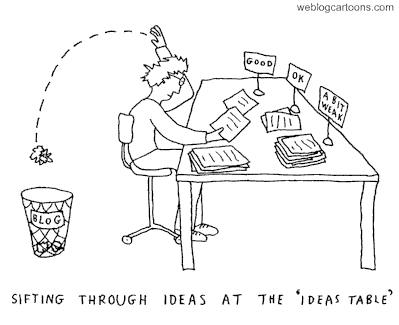Activity 8: Key Change In My Practice

This blog uses Rolfe et al's (2008) model of reflection in conjunction with Osterman & Kottkamp’s (1993)/Kolb’s (1984) experiential learning models to reflect on MindLab's role in my Professional Learning . Analysis of Osterman & Kottkamp (1993) and Kolb (1984) can be found in my previous blog . What? “Teacher’s continuing professional development can improve teacher quality and teaching practice” (de Vries, Van De Grift & Jansen, 2014, p.338). Our Code Our Standards (2017) identifies the expectation for professional learning (Figure 1). Figure 1 When used in conjunction with Timperley (2008) – Figure 2, we must critically examine our own practice with student outcomes at the centre. Student “needs” drive teacher “needs”. Professional learning is not measured by teacher mastery of skills, rather the impact changing practice has on valued student outcomes (Timperley, 2008, Guskey, 2014). Figure 2 Problem Identificatio...




